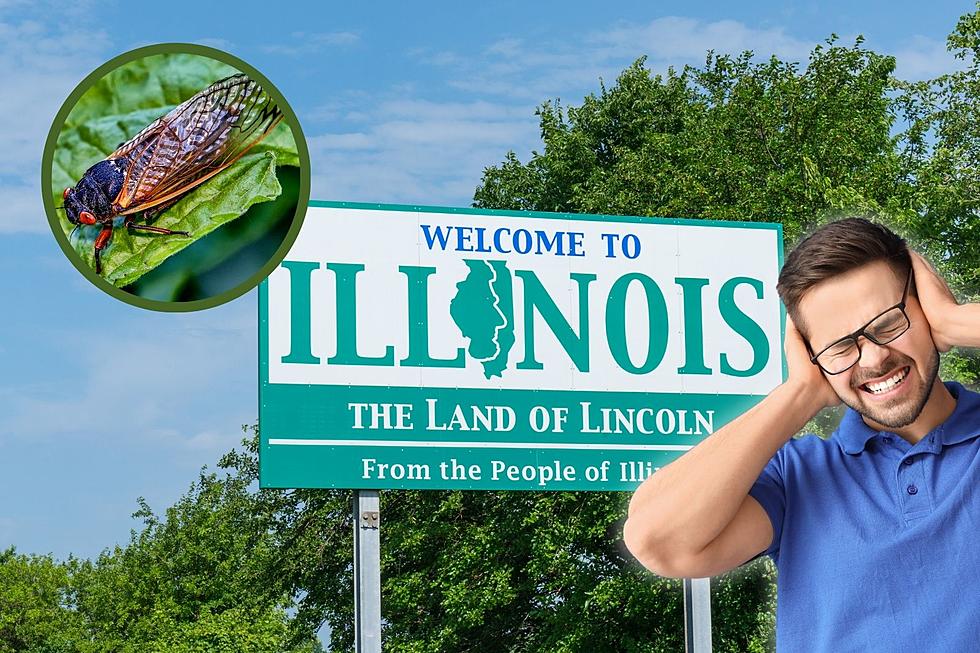
If You See This Beauty in Kentucky, You Should Kill It
I know why invasive species are invasive. I get it. And it seems there have been a lot more in Kentucky in recent years. Wild pigs and those pesky Asian carp spring to mind.
And if I'm given the green light to kill an invasive creature--I'm thinking more along the lines of insects now--no problem. I kill mosquitos and flies all the time. I've got this--not before the mosquitos make a dot-to-dot coloring book out of my legs, but I'm on it.
THE SPOTTED LANTERNFLY
Of course, the U.S. Department of Agriculture isn't worried about my backyard, unless the mosquitos in question are carriers of infection. But they ARE deeply concerned about a certain creature and urge us to kill it if we see it. It's the strikingly beautiful spotted lanternfly. It's native to China but they have made their way to the states and they are an enormous problem. In fact, the USDA would like for us to report them if we see them.
There are some who might not be concerned since they pose no threat to humans or pets--no bites, no stings, no venom. But our crops and trees are over there saying, "Yeah? Hold my beer."
WHY SPOTTED LANTERNFLIES ARE A MENACE
They are a big problem in Pennsylvania, where they were first spotted in 2014. But they've spread to surrounding states and have migrated to the Midwest. It wouldn't be a huge shock if these hungry little beasts showed up in Kentucky, especially since they have a propensity for riding on cars.
SpottedLanternflyKillers.com explains exactly why we need to eradicate them:
If you are wondering what exactly the Spotted Lanternfly does to trees, it is important to understand a “host tree”. The Spotted Lanternfly targets a host tree for nourishment and survival. The host tree supports the Spotted Lanternfly during all life stages. The Spotted Lanternfly feeds on a large range of fruit, woody, and ornamental trees. Observations over the past few years have established the tree-of-heaven as being one of its preferred hosts. After feeding on these trees, extensive damage does take place. When the Spotted Lanternfly feeds on a host tree it digests sap and releases honeydew that promotes mold and fungi growth. Another issue with the release of honeydew is that this sticky sour mixture of honeydew and sap attract other insects that also feed.
Walnut, sycamore, pine, apple, maple, oak, willow, and poplar are among the varieties of trees the spotted lanternfly likes to go after.
HOW TO KEEP SPOTTED LANTERNFLIES AT BAT AND WHAT TO LOOK FOR
If you don't feel like hunting them down, follow these tips for keeping them at bay:
If you haven't seen any--and they're obviously not hard to spot--but think you could have them in your yard, here's what to look for:
It's the perfect time of the year for sitting in the yard, so if you see one or many of them, let the USDA know.
They may be beauties, but they're also beasts.
[SOURCE: WKRN-Nashville]
Kentucky Creepy-Crawlies -- the Beautiful, the Weird, and the Ugly
Kentucky's Nuisance Animals
LOOK: Stunning animal photos from around the world
More From WGBF-FM









